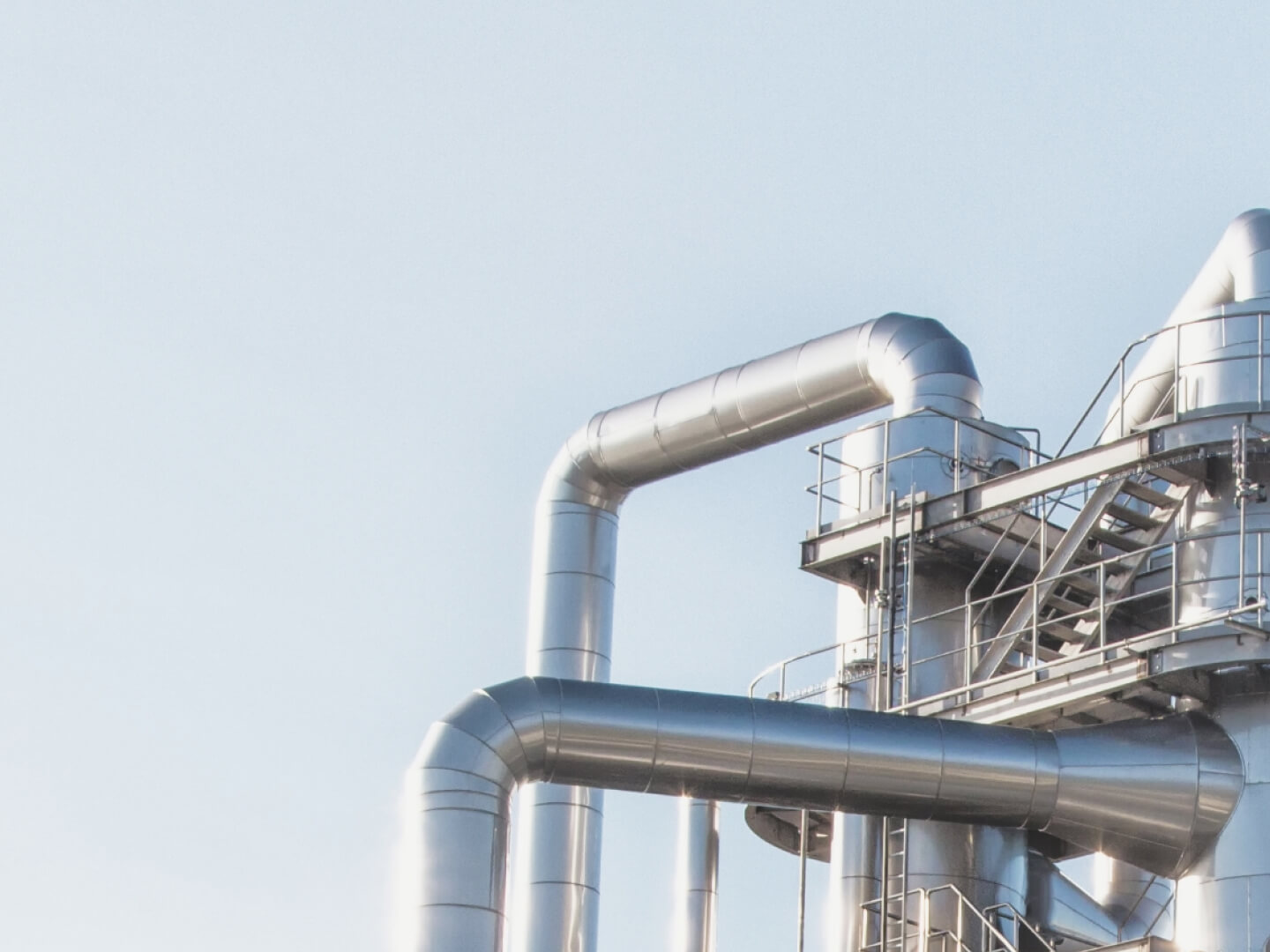ACR has published version 1.1 of the Methodology for the Quantification, Monitoring, Reporting, and Verification of Greenhouse Gas Emission Reductions and Removals from Capturing and Destroying Methane from Coal and Trona Mines in North America.
Read more
Coal and trona mine methane refers to methane from surface or underground mines and abandoned underground coal mines that is released to the atmosphere or captured in advance of, during, or following mining activities. In 2016, methane emissions from coal mines accounted for 8% of U.S. methane emissions [1]. While a smaller source of methane emissions, trona mining may contribute up to 2 million tonnes of carbon dioxide equivalent emissions in the U.S. annually [2]. In total, methane was responsible for 10 percent of U.S. greenhouse gas emissions in 2016 and is a potent greenhouse gas with a global warming potential several times that of carbon dioxide.
The purpose of the Methodology is to quantify greenhouse gas emission reductions associated with the capture and destruction of methane that would otherwise be vented into the atmosphere as a result of mining operations at active underground and surface coal and trona mines and abandoned underground coal mines. This is important as a greenhouse gas mitigation activity but methane mitigation at mines also contributes to mine safety initiatives and can increase the supply of a clean energy source when methane is recovered and used to produce electricity or heat.
ACR is an internationally recognized carbon crediting program that operates in global compliance and voluntary carbon markets. A nonprofit enterprise of Winrock International, ACR was founded in 1996 as the first private greenhouse gas (GHG) registry in the world with the mission of harnessing the power of markets to improve the environment.
[1]. See EPA Inventory of U.S. Greenhouse Gas Emissions and Sinks: 1990-2016 (April 2018)
[2]. U.S. EPA Coalbed Methane Outreach Program Case Study: Methane Recovery at Non-coal mines



